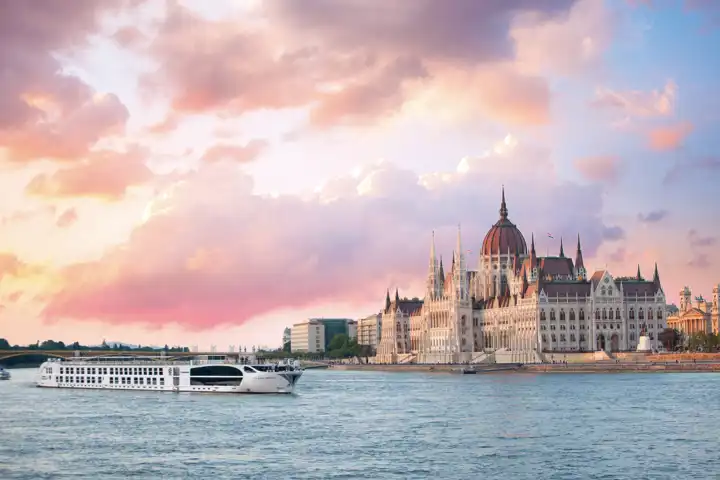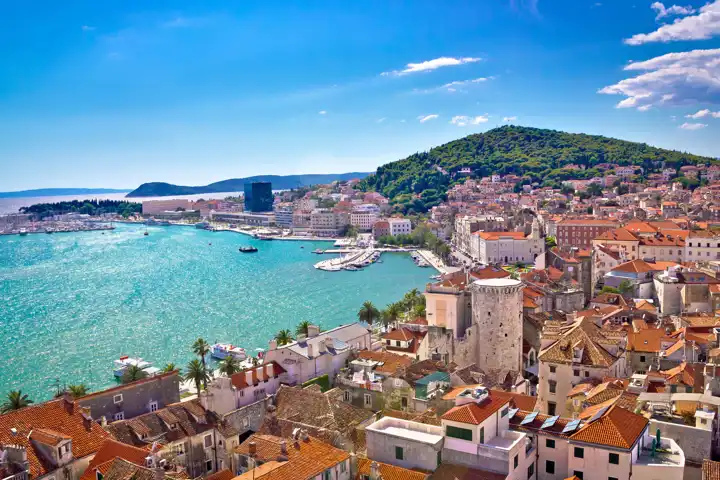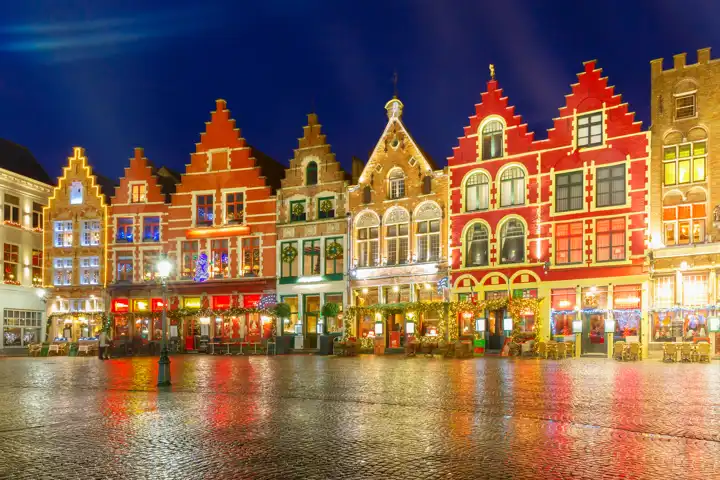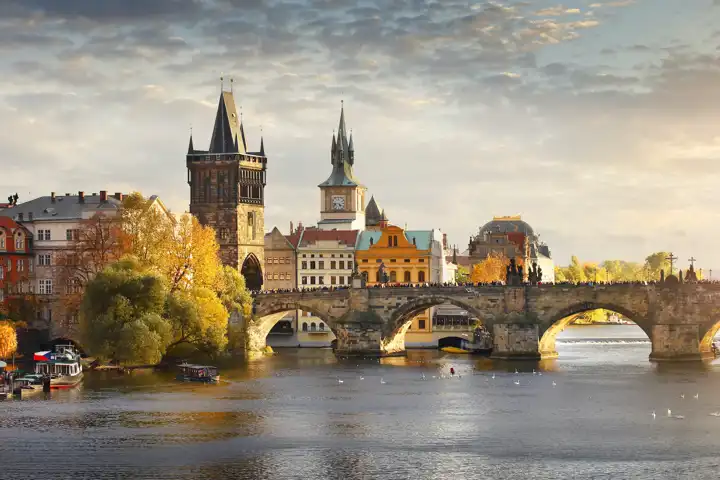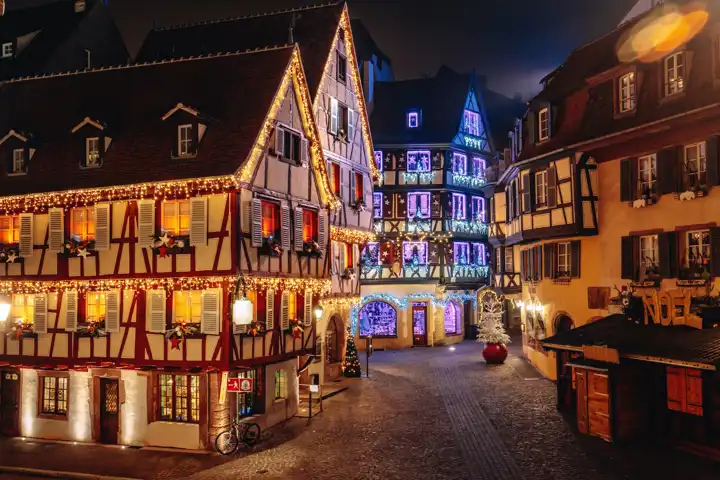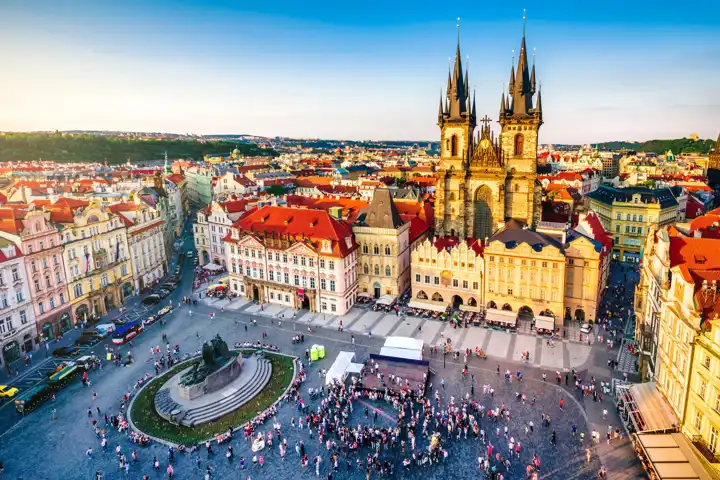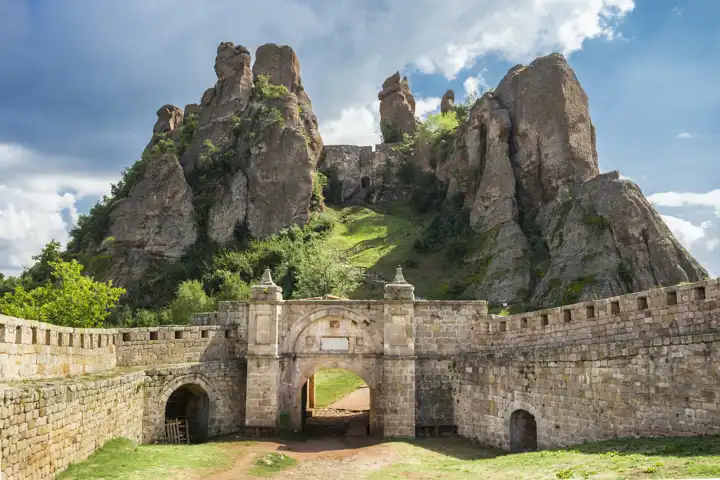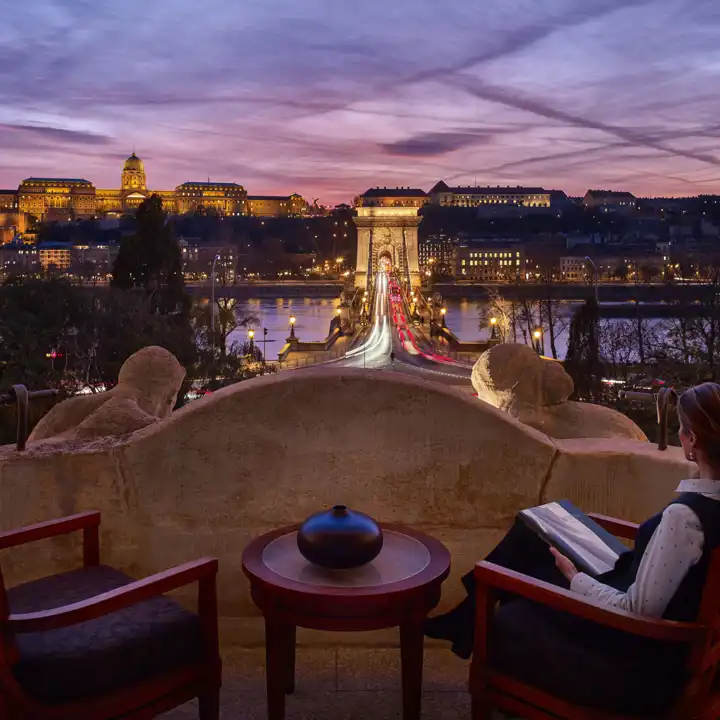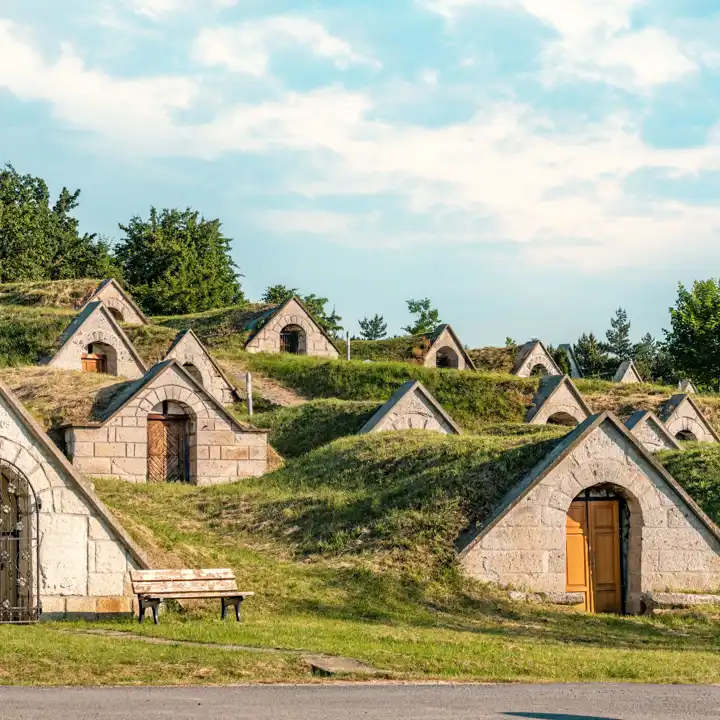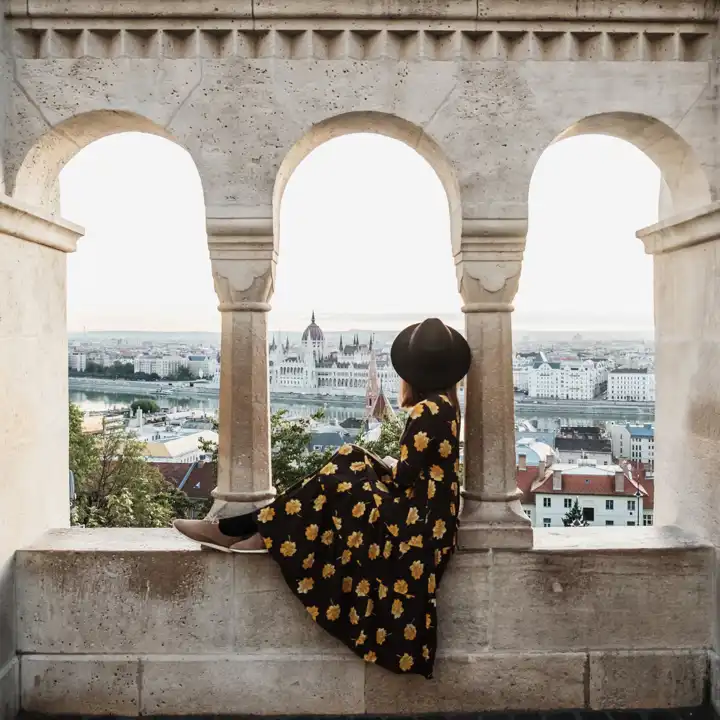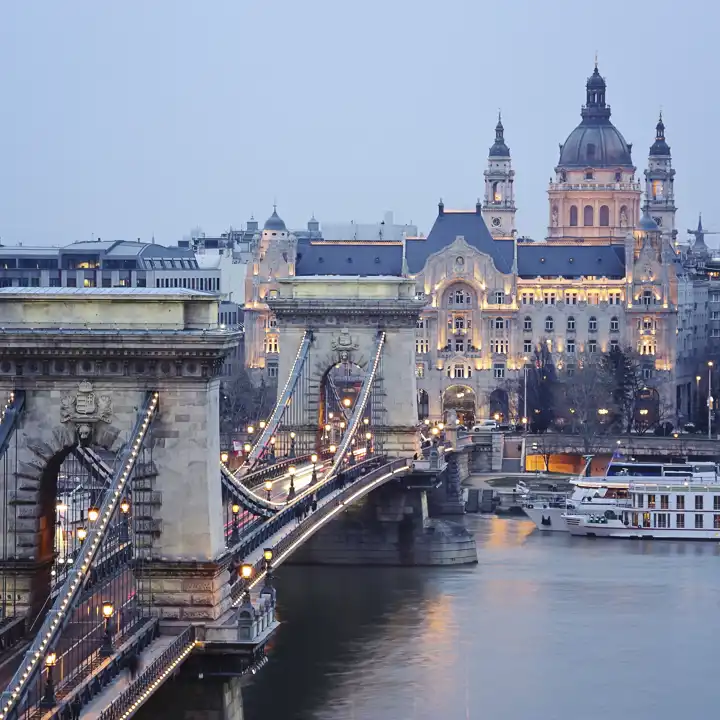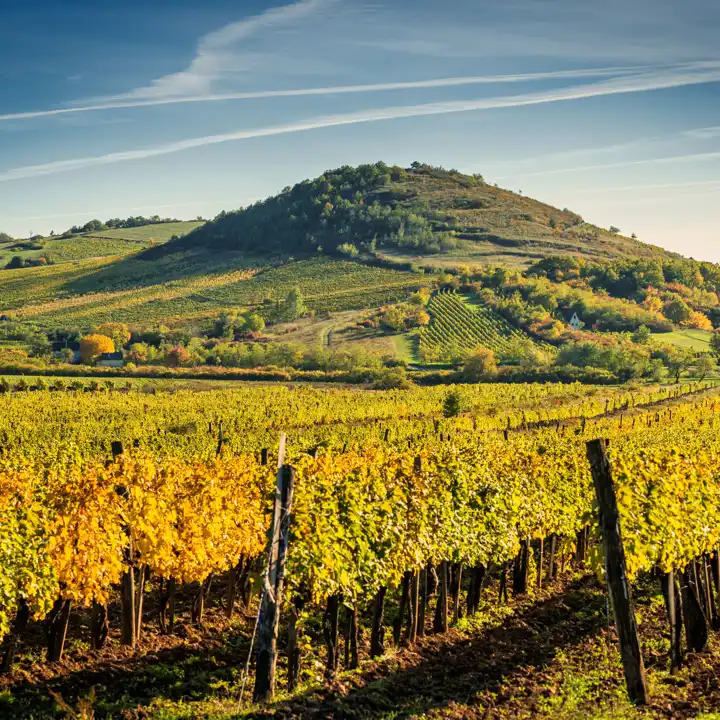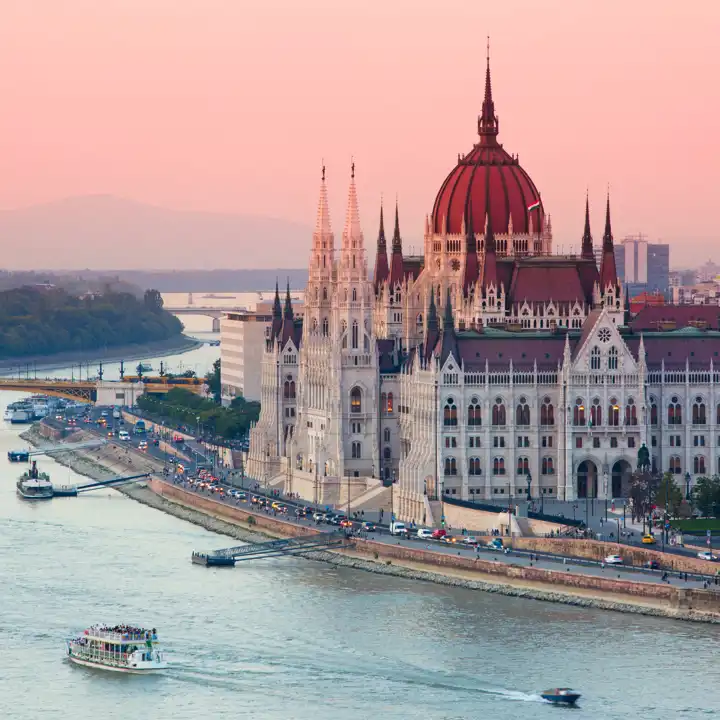Hungary
Journey to the Enchanting Heart of Central Europe
Hungary
Hungary luxury travel journeys to the heart of Central Europe. This country may sit in the physical heart of Central Europe. However, within its oft-changing borders is a society that has long marched to the beat of its own drum. They share very little with their surrounding neighbors both linguistically and culturally. And even though it has an intimate relationship with European art and propensities, Hungary has always retained a character distinctly its own. This ultimately results in a place where Europe is at its most enchantingly exotic.
Natural Beauty
To experience Hungary luxury travel is to experience beauty. It might be a small, landlocked country, but Hungary possesses a wealth of UNESCO Biosphere Reserves and World Heritage Sites. These span from Roman ruins, Medieval towns, and Baroque cathedrals, to Neoclassical public buildings and even Art Nouveau bathhouses. Hungary also boasts a nickname as The Land of Waters. Indeed, it houses the largest lake in Europe, Lake Balaton, and the second largest thermal lake in the world, Lake Hévíz. And we cannot forget about the many mighty rivers within the Carpathian Basin. As such, Hungary luxury travel also means ‘taking to the water’ as they have since the era of the toga. This active geo-thermic country enjoys more than a thousand thermal hot springs.
Big Cities
Even its capital is split by water. Buda sits on the Western bank of the Danube River while Pest exists on the East. This is arguably one of the most exciting cities in the world and essential to Hungary luxury travel. Its ancient castle districts, artistic soul, and Danube charm, as well as is rising bar and café culture has lured a vibrant, youthful, and stylish generation to its center.
Countryside Charms
While Budapest may be a powerhouse of new ideas, the country’s 10 million Magyars still hold firm to their rich folk heritage. This especially rings true in the smaller countryside villages. They can easily “wow” you with their traditional goulash and salami. But don’t be surprised if they introduce you to some world-renowned wines and cuisine that outperform their old-fashioned reputation. There is certainly no better way to experience it firsthand than with Hungary luxury travel with Ker & Downey.
Hungary Luxury Travel with Ker & Downey
Ready to start planning your next trip to Central Europe? Hungary luxury travel becomes unforgettable with our Central European vacation packages. Contact a Ker & Downey luxury travel consultant to begin planning your journey today!

